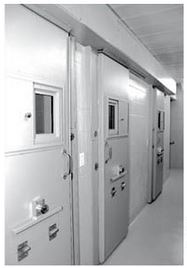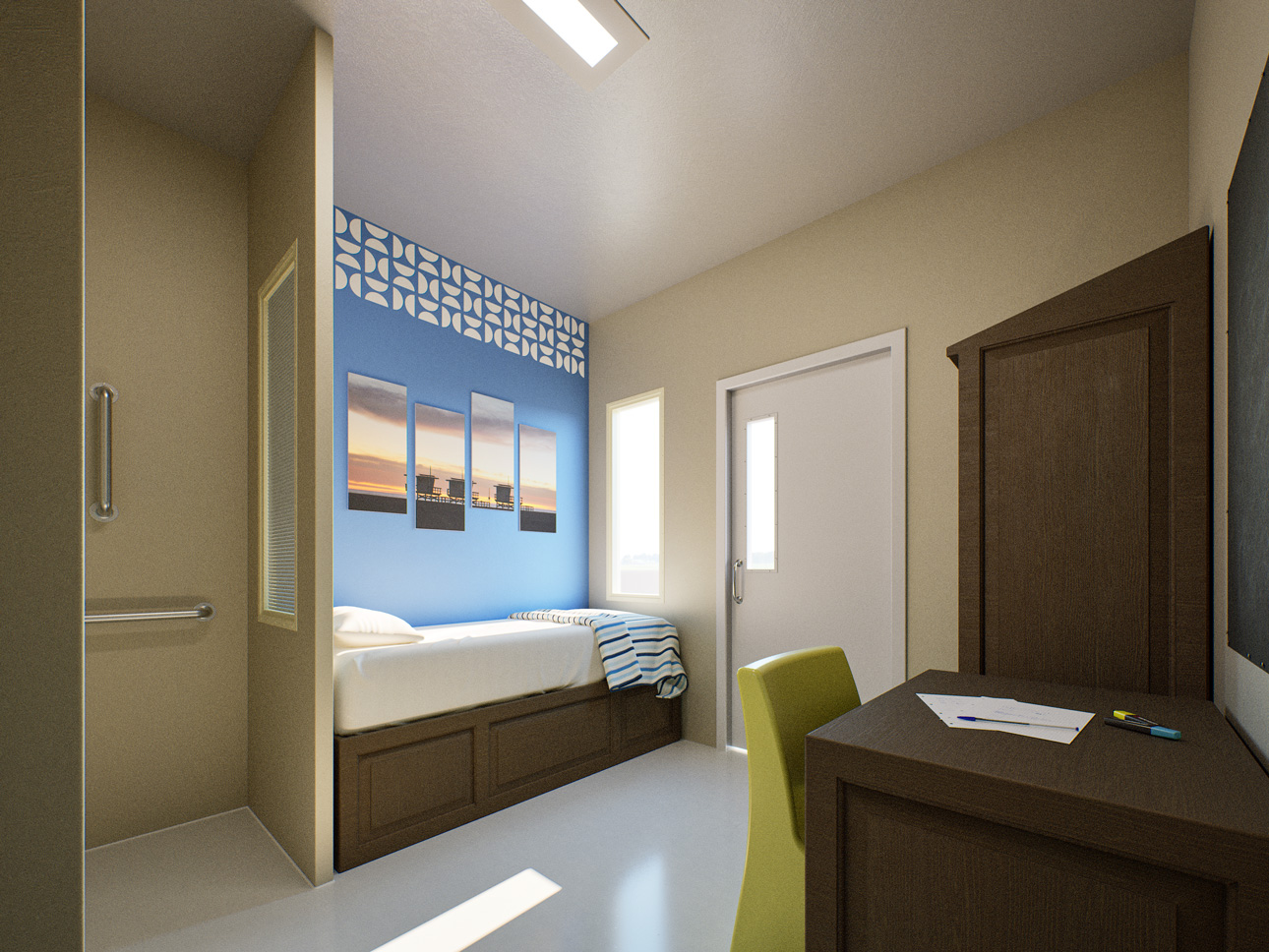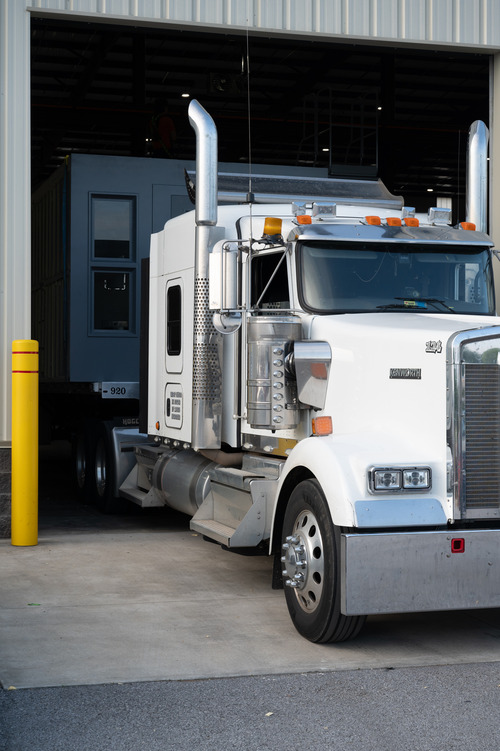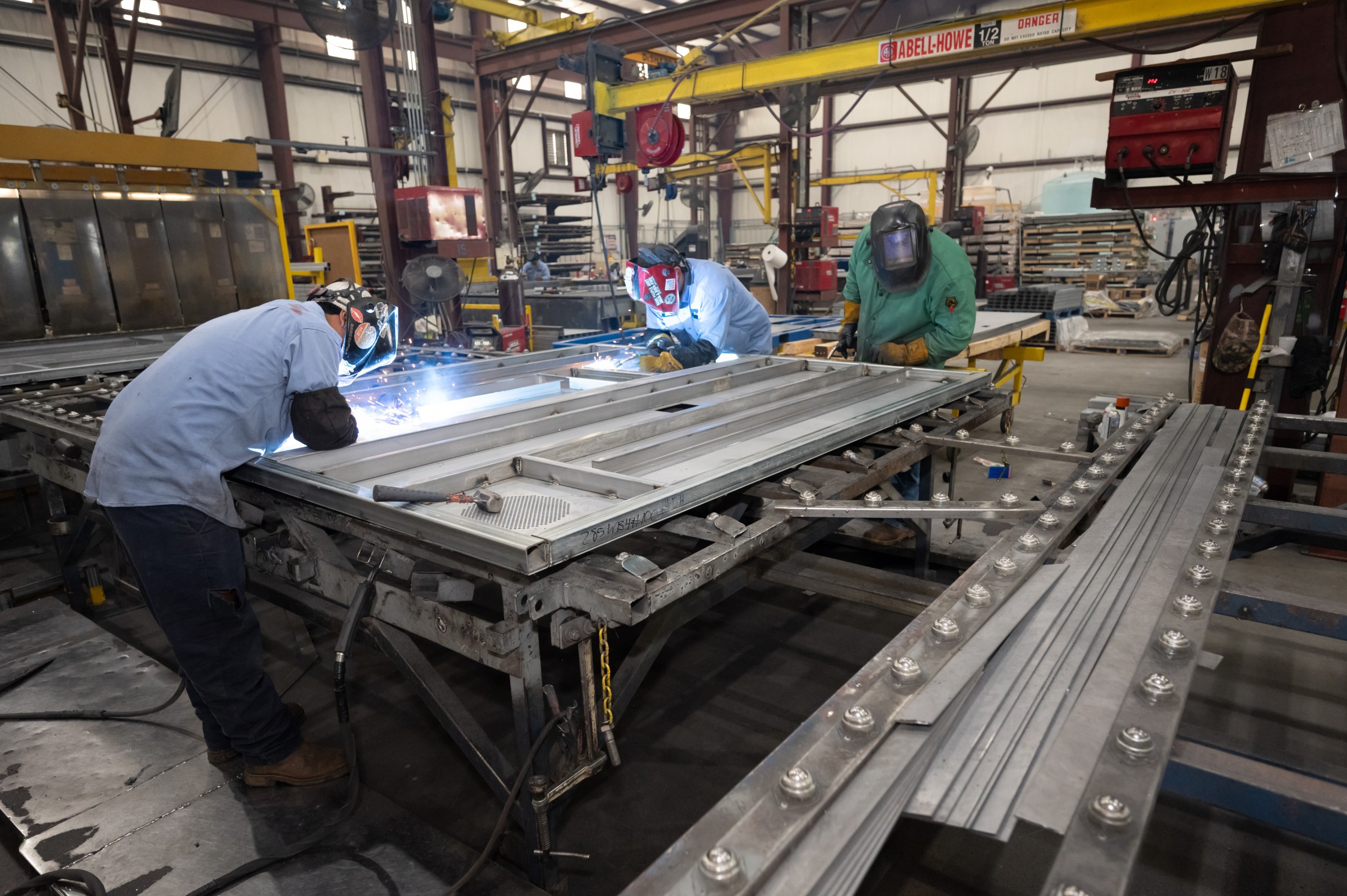Jail Locks: SteelCell Locks and Detention Hardware
Jail locks play a crucial role in maintaining the security and safety of correctional facilities. These locks are designed to be tamper-proof and highly durable, ensuring that inmates remain securely confined.
This blog post will explore the various types of jail locks, their designs and materials, and key considerations for installation and maintenance.
Different jail locks are used depending on the level of security needed. From mechanical locks to modern electronic systems, each type has unique features and benefits.
Understanding these differences can help in choosing the right lock for each specific requirement within a facility.
Factors such as control systems and access management also play a significant role in the effectiveness of jail locks.
Regular maintenance and adherence to safety regulations and compliance standards are critical to ensuring that these locks perform their intended function without failure.
This comprehensive guide aims to provide valuable insights into the world of jail locks.
Key Takeaways
- Jail locks are designed to be tamper-proof and durable.
- Different types of jail locks serve various security needs.
- Regular maintenance and compliance with safety regulations are essential.
Types of Jail Locks
Various types of jail locks are used in correctional facilities, each with its unique features and functions. Understanding these types can help in choosing the most secure and appropriate locking system for a facility.
Mechanical Locks
Mechanical locks use physical mechanisms to secure doors. They typically require a key to lock and unlock.
These locks are known for their durability and reliability. Often made from strong materials like steel, they can withstand a lot of physical force.
This type of lock does not rely on electricity, making it a more dependable option in case of power failures.
Electronic Locks
Electronic locks offer advanced security features compared to mechanical locks. They use electronic circuits and often require a keycard, keypad, or biometric data for access.
These locks are programmable and can be integrated with other security systems. This type of lock can be managed remotely, providing added convenience for facility operators.
Deadbolt Locks
Deadbolt locks are sturdy and offer a high level of security. They have a solid metal bolt that extends into the door frame for extra strength.
Deadbolts are usually used in conjunction with other types of locks for added security. They are challenging to pick, making them a reliable choice for high-security areas in jails.
Cylindrical Locks
Cylindrical locks are common and easy to install. They have a cylindrical mechanism that a key turns to lock or unlock the door.
These locks are less secure compared to deadbolts but can be used in areas that require less stringent security measures. They are often used in administrative areas of a facility.
Mortise Locks
Mortise locks are known for their strength and security. They are installed within a mortise (a pocket cut into the door).
These locks usually require both a key for the lock and a lever or knob for the latch mechanism. Mortise locks are preferred for their durability and are commonly used in external doors of jails.
Each type of jail lock has its advantages and applications. Selecting the right one depends on the security needs of the facility.
Design and Material Considerations
When choosing jail locks, it’s important to take anti-tampering features, durability standards, and corrosion resistance into account. These factors ensure the lock’s effectiveness and longevity.
Anti-tampering Features
Jail locks must have anti-tampering features to prevent inmates from manipulating or breaking them.
Tamper-proof screws, pick-resistant mechanisms, and advanced key control systems are often used.
Electronic monitoring can also be added to alert officers if someone tries to tamper with the lock. Such features are essential for maintaining security in any correctional facility.
Durability Standards
Durability standards are crucial for jail locks to withstand constant use and abuse.
These locks commonly use hardened steel or reinforced alloys for strength.
They should meet or exceed industry standards like ASTM and UL tests.
Frequent inspections and maintenance checks help ensure the locks perform reliably over time.
Corrosion Resistance
Corrosion resistance is also a significant consideration for jail locks, especially in environments exposed to moisture or harsh chemicals.
Stainless steel and special coatings can protect against rust and corrosion.
This is crucial for maintaining the lock’s functionality and extending its lifespan. Regular cleaning and use of rust inhibitors can further enhance corrosion resistance.
Installation and Maintenance
Proper installation ensures the locks function correctly and contributes to their longevity. Regular maintenance and timely repair are crucial to avoid any security issues.
Installation Procedures
When installing jail locks, it’s important to follow a few key steps:
- Assess the Door and Lock Type: Determine the type of door and lock to be installed. Measure the door thickness and ensure compatibility.
- Prepare the Door: Mark the positions for the lock and drill holes as required. Ensure precision to avoid misalignment.
- Install the Lock Mechanism: Fit the lock mechanism into the prepared space. Secure it with screws, paying attention to manufacturer instructions.
- Test the Lock: Once installed, test the lock to ensure it operates smoothly. Make adjustments if necessary.
Routine Maintenance
Routine maintenance helps extend the life of the locks and ensures they function properly.
Regular tasks include:
- Lubrication: Apply lubricant to the lock mechanism periodically. Use only manufacturer-recommended products to avoid damage.
- Inspection: Check for wear and tear on a monthly basis. Look for any signs of rust or corrosion.
- Cleaning: Clean the exterior of the lock to prevent dirt buildup. Use a soft cloth and mild cleaner.
Setting a Maintenance Schedule: Establish a routine maintenance schedule to ensure these tasks are performed consistently.
Lock Repair and Replacement
Locks may eventually need repair or replacement due to wear or damage. Key steps include:
- Identify the Problem: Determine if the issue is mechanical or related to the locking mechanism. Common problems include broken keys or misalignment.
- Repair Steps: If the issue is minor, such as a loose screw, make the necessary adjustments. For more complex repairs, consult the manufacturer’s guidelines.
- Replacement Considerations: If repair is not feasible, replace the lock. Choose a lock that fits the existing setup to avoid extensive modifications.
Control Systems and Access Management
Jail locks need both manual and electronic systems to ensure security. Each type has its own methods and importance in maintaining safety.
Manual Access Control
Manual access control involves using keys and physical locks. These locks require staff to carry physical keys that can open doors in the facility.
Keys must be carefully managed to ensure they do not fall into the wrong hands. Staff training on key management is crucial.
Manual locks are reliable because they do not depend on electricity.
However, they can be slower to operate and may pose a risk if keys are lost or stolen.
Regular maintenance of locks and keys is necessary to keep the system effective.
Electronic Access Control
Electronic access control uses technology like key cards, biometric scanners, and PIN codes.
These systems can track who enters and exits, providing detailed logs for security purposes. Key cards or biometric data are harder to duplicate than physical keys.
Electronic systems offer quicker access and can integrate with other security measures, such as surveillance cameras.
Yet, they rely on electricity and can be vulnerable to power outages or hacking.
Proper cybersecurity measures and backup power supplies are essential to maintaining their reliability.
Safety Regulations and Compliance
Jail locks must meet strict safety standards. These regulations ensure that locks work correctly and securely. Using faulty locks could lead to dangerous situations, including escapes and harm to staff.
Key Requirements:
- Durability: Must endure constant use without breaking.
- Tamper Resistance: Hard to pick, break, or manipulate.
- Fire Safety: Should function during emergencies like fires.
Locks should pass tests from recognized safety organizations. This can include certifications from:
- Underwriters Laboratories (UL)
- American National Standards Institute (ANSI)
- Department of Corrections standards
Regular inspections play a crucial role. Jail staff must check locks frequently. Any issues should be addressed immediately. This prevents small problems from becoming big ones.
Inspection Checklist:
- Check for visible damage.
- Test mechanical functions.
- Verify electronic components work.
- Ensure all locks meet current standards.
Training is also vital. Staff should know how to operate and maintain jail locks correctly. Proper training reduces the risk of errors and enhances overall security.
Finally, keeping records of inspections and maintenance helps maintain compliance. These records can be useful during audits or reviews by oversight bodies.



